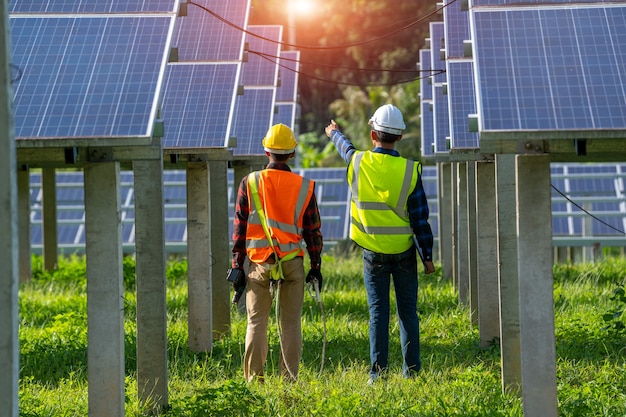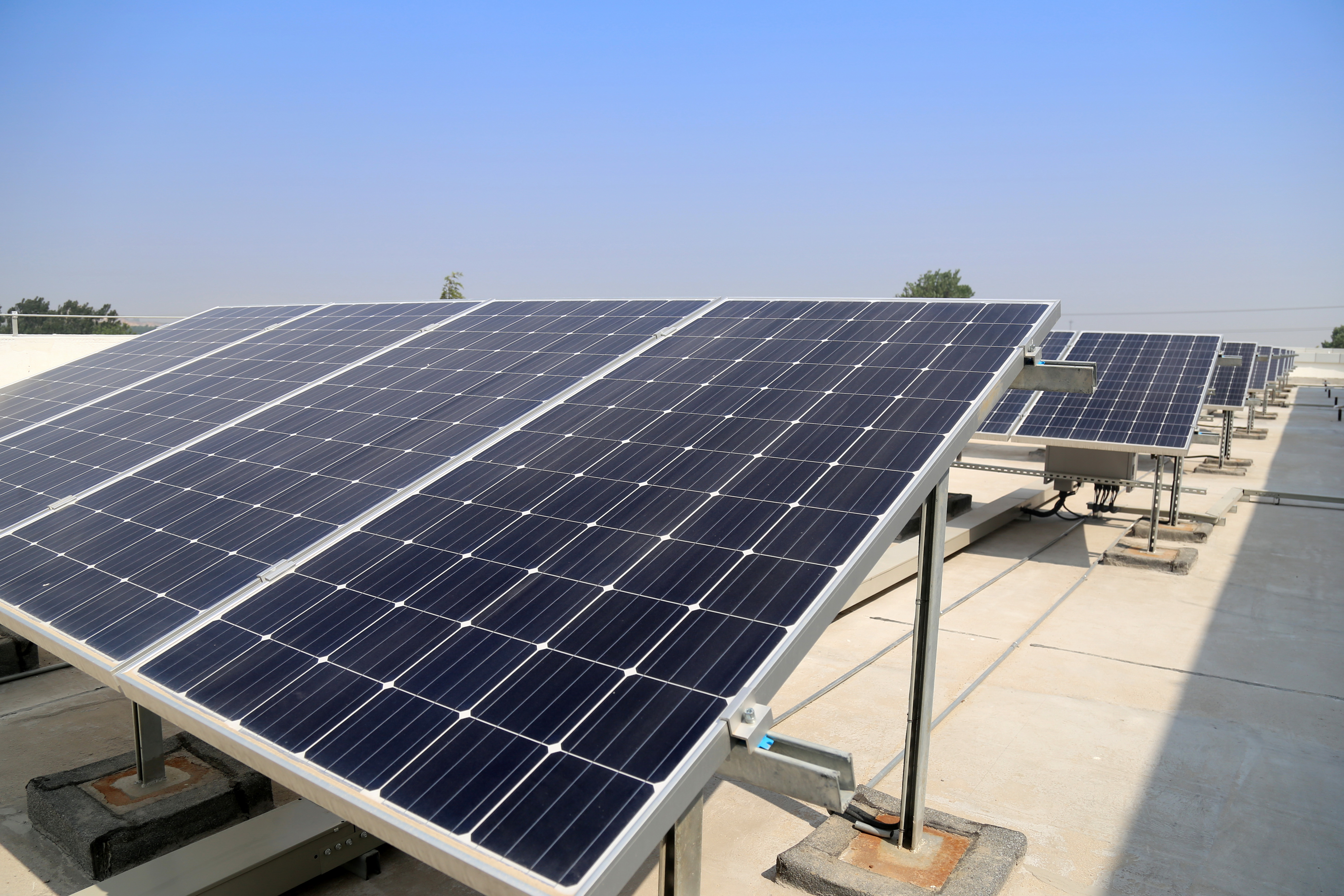Alternative energy sources are becoming increasingly prominent. Lately, solar energy has become a practical option. Solar panel demand has more than doubled in the last decade. From large corporations to small homeowners, everyone is getting involved in this industry. You can generate energy with free sunlight regardless of your economy. According to government data, the solar power capacity has been increased to 30 GW in July 2019. But how bright does the future of this energy source appear? This blog will inform you more about it:
Traditional Energy Sources
Today, non-renewable sources of energy are our major sources of electricity production. Coal-fired thermal power plants, which account for approximately 75% of total electricity generation, produce the highest amount of electricity. While coal was instrumental in the advancement of modern society, it is also the main cause of climate change. According to a report by the International Energy Agency (IEA) for 2019, coal burning is to blame for more than 40% of worldwide carbon emissions and more than 75% of emissions related to the production of electricity. The phase-out of coal is essential to achieving the Paris Agreement’s objectives and keeping global warming to not more than 1.5°C above pre-industrial levels.
Furthermore, coal is a non-renewable source of energy, meaning that once used up, it cannot be replenished. We must therefore explore another source of energy.
Why Solar?
There are plenty of reasons for going solar. First and foremost, it’s available free of cost! The sun is a practically infinite supply of solar energy that may be accessible at any moment from any place on earth. You only have to invest during its installation.
Electricity generated with solar panels at home is green, renewable, and emission-free. Home solar energy, as opposed to fossil fuels including coal and natural gas, doesn’t emit hazardous toxins or greenhouse gases like carbon dioxide into the atmosphere and water supplies. In the long term, solar energy will save you a ton of money by decreasing your electricity bill. Additionally, machinery for converting solar energy has a longer lifespan, requires less maintenance, and thus offers greater energy infrastructure security.
Affordable Price
It is also getting affordable, particularly in warmer areas like India where it is already the least expensive method of producing fresh electricity. It will become even more affordable in the upcoming year thanks to advancements in technology. It’s possible that by 2030 solar energy will be the primary supply of energy for producing electricity in a considerable amount of the world.
Scope In India
The country’s physical positioning is advantageous for producing sustainable energy. India, a tropical nation, experiences 3,000 hours of sunlight annually and obtains solar radiation virtually all year round. It is more than 5,000 trillion kWh. India receives 4–7 kWh of solar radiation per square metre almost everywhere.
Less than 0.5 percent of the estimated potential is represented by India’s existing solar power capacity, which is still around 3 GW. Of course, there is a tremendous possibility to fulfil this capability. As a consequence, the Indian government boosted its goal of adding solar power capacity by five times. The government now intends to build 100 GW of solar power capacity rather than the earlier objective of installing 22 GW of solar power capacity by 2022. In comparison to India’s overall solar capacity of 750 GWh, it comprises 20 GW of ultra mega solar power plants spread across 12 states with installed capacities of 500 MW or more.
Innovations For Future
Solar costs will be cut in half by 2030 according to the solar industry’s extremely precise cost-reduction roadmaps. Higher-efficiency modules are already being developed; they can provide 1.5 times as much power as currently available, comparably sized modules owing to a technique known as tandem silicon cells. They will have a significant effect moving towards the future.
Scientists are also working to make affordable alternatives to silicon and silver which are used to make equipment for solar panels. Additionally, bifacial modules that can function from either side will launch in the marketplace in near future. The future of solar energy is promising due to all these advancements and benefits. If you are also interested in stepping into this future then IB Solar is here to help you. You can find a range of solar panels for your house or business.











Recent Comments